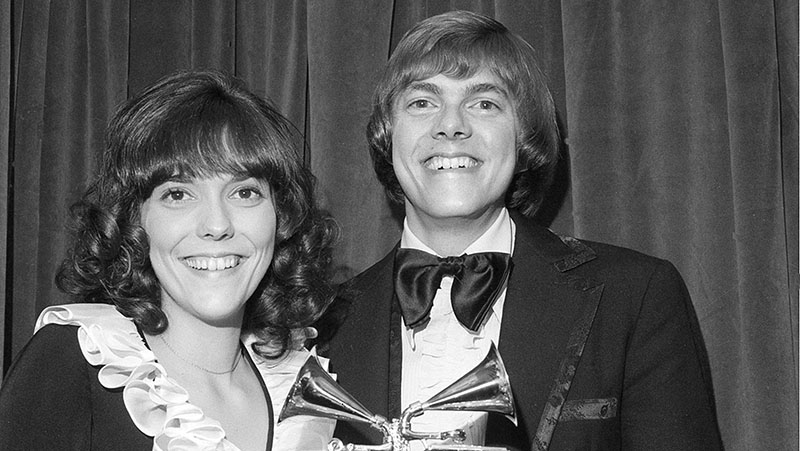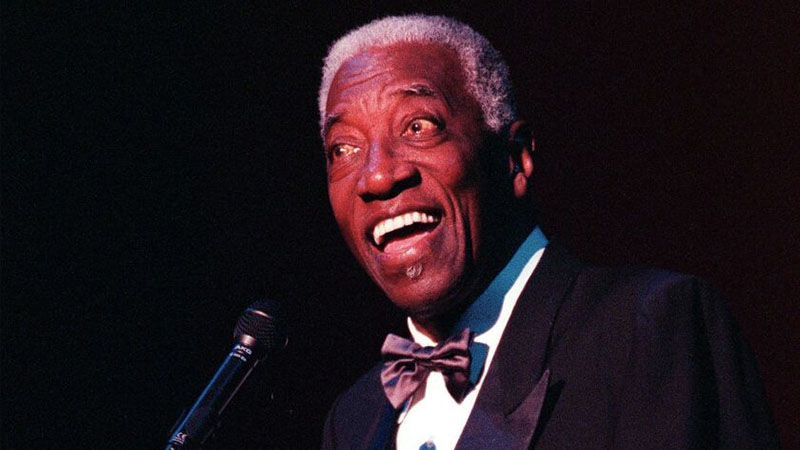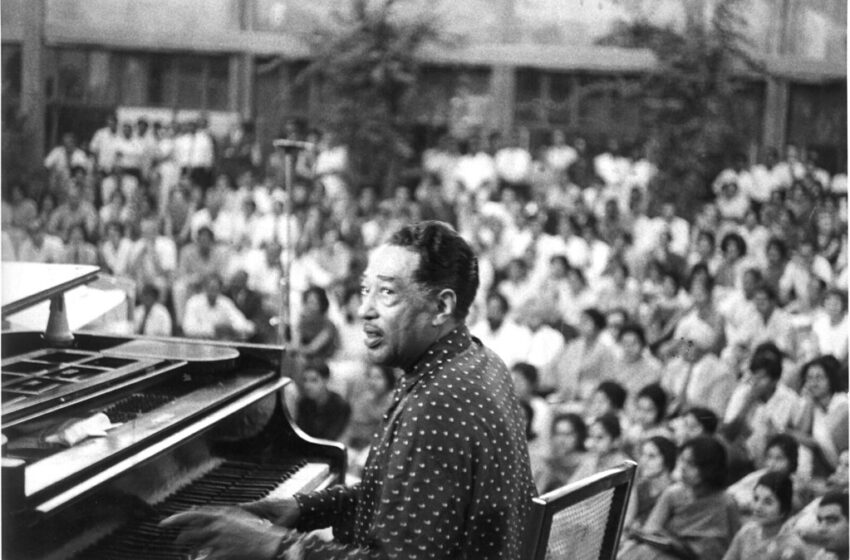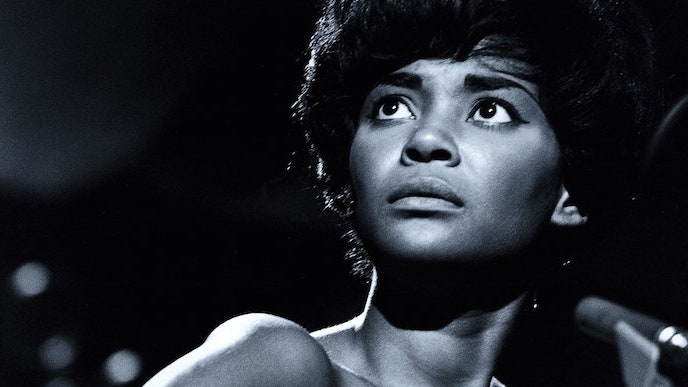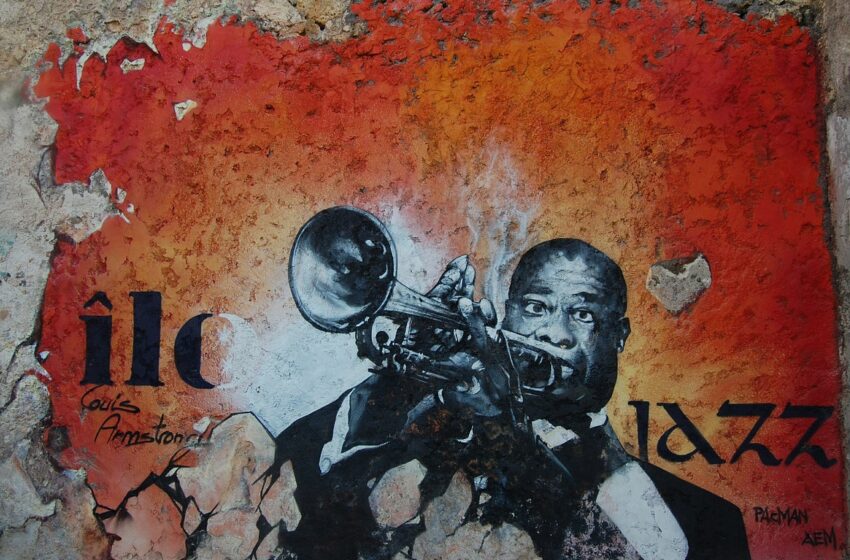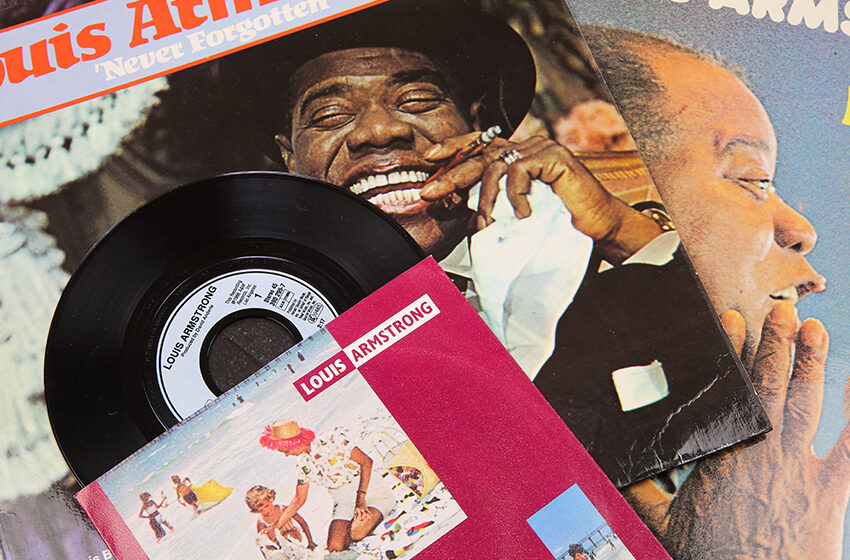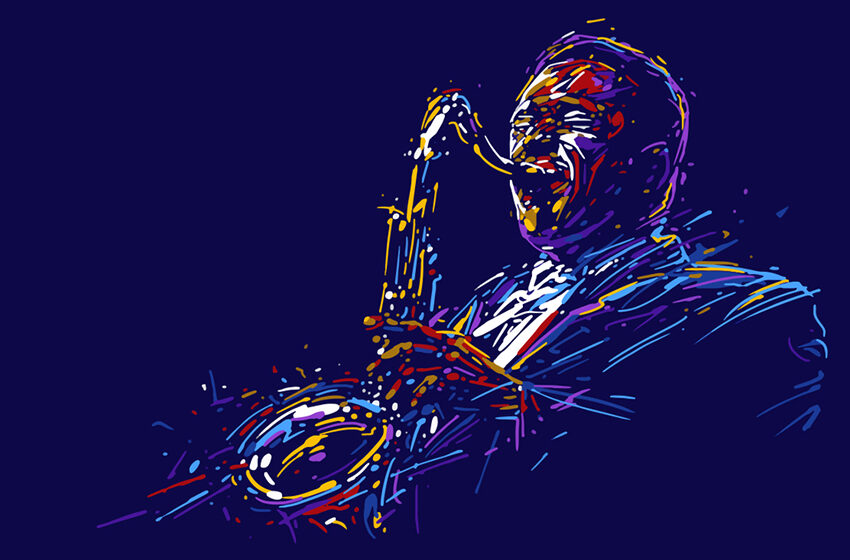“Sing” is a 1971 song written by Joe Raposo for the children’s television show Sesame Street as its signature song. In 1973, it gained popularity when performed by the Carpenters, who made it a #3 hit on the Billboard Hot 100.readmore
Joe Williams sang “Here’s to Life” on his penultimate album in 1994, which he named after the song, before his death in 1999readmore
To this day I will never understand how a gifted lyricist like the late John Lennon omitted or neglected to elaborate, in his profound statements about imagination, a sentiment regarding a world without a powerful force called music. Perhaps he believed it went without saying as it were. For this music historian, music will forever be […]readmore
The song was composed in 1926 as a last-minute addition to the Rodgers and Hart musical Betsy. Although the show ran for only 39 performances, “Blue Skies” was an instant success, with audiences on opening night demanding 24 encores of the piece from star Belle Baker. During the final repetition, Ms Baker forgot her lyrics, […]readmore
In this BrainPOP movie on Louis Armstrong, Tim and Moby will acquaint your kids with one of jazz’s most influential musicians. From his humble beginnings in New Orleans to the height of worldwide celebrity, students will learn all about Satchmo’s life and times. (Speaking of which, they’ll also learn where the nickname “Satchmo” came from […]readmore
The first jazz bands to play in Canada were often from the US. In his autobiography, Chicago bandleader Eddie Condon refers to a stop in Winnipeg in 1922. In the Winter of 1923, Hollis Peavey’s Jazz Bandits from New York played at Winnipeg’s Roseland Ballroom. Around 1949, regular functions were held at the Roseland Dance […]readmore
While jazz still continues to develop today, it appears hard to visualize any other year, past, existing, or future generating a lot of divergent new styles at once. From the reflective, modal musings of Miles Davis on Kind of Blue, to the intense, ruthless look for new consistencies and also sonorities from John Coltrane on […]readmore
Consider what happens when one finds out to talk English, Oriental or Japanese, as an example. The procedure is the same as when learning jazz. You discover by paying attention as well as getting figures of speech, after that, you learn to utilize them in your very own individual fashion to make statements by placing […]readmore
We believe that jazz is an important bridge between our nation’s identity, our shared history, and our communities and we are committed to stewarding this connection for all audiences.readmore
